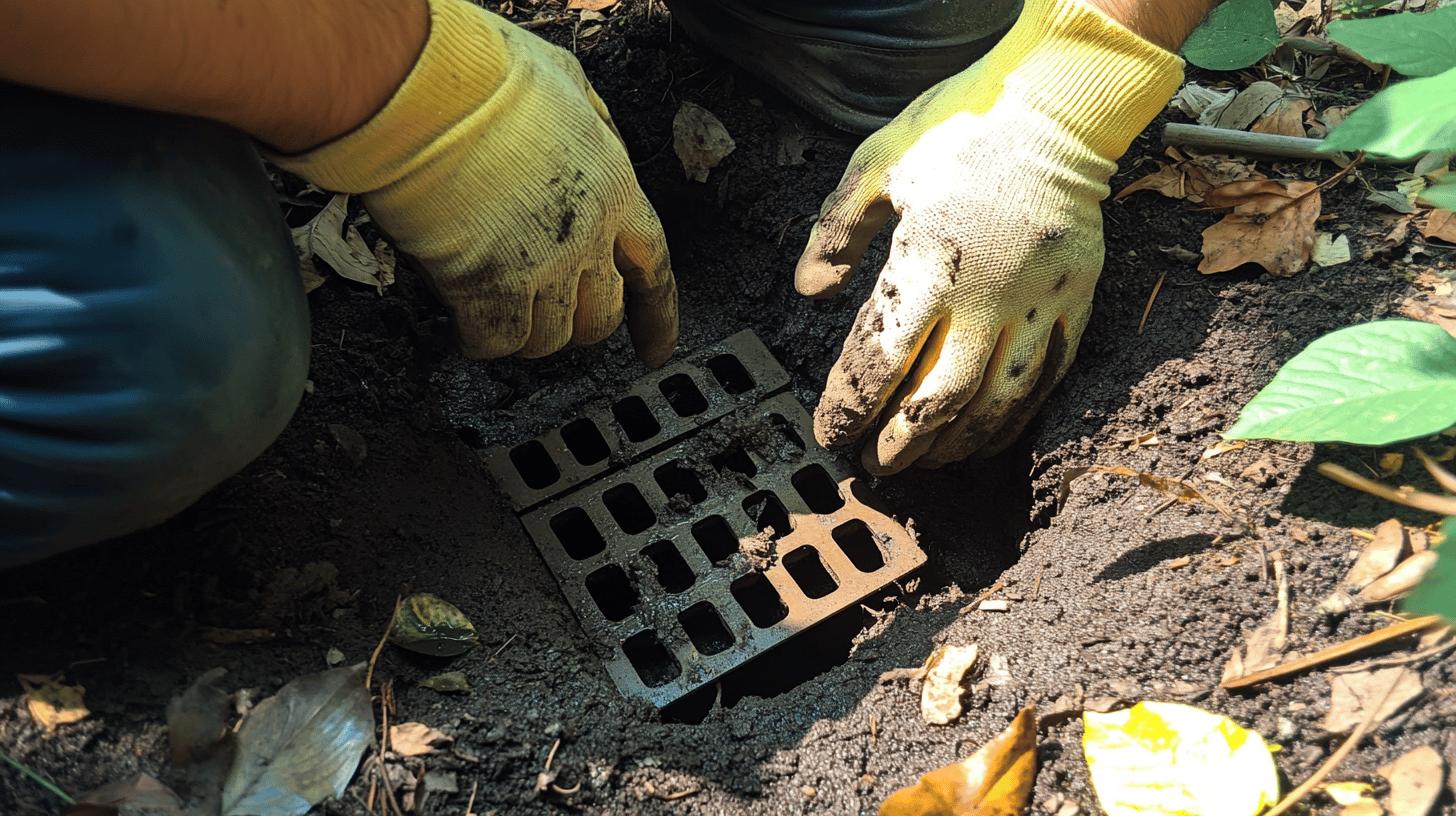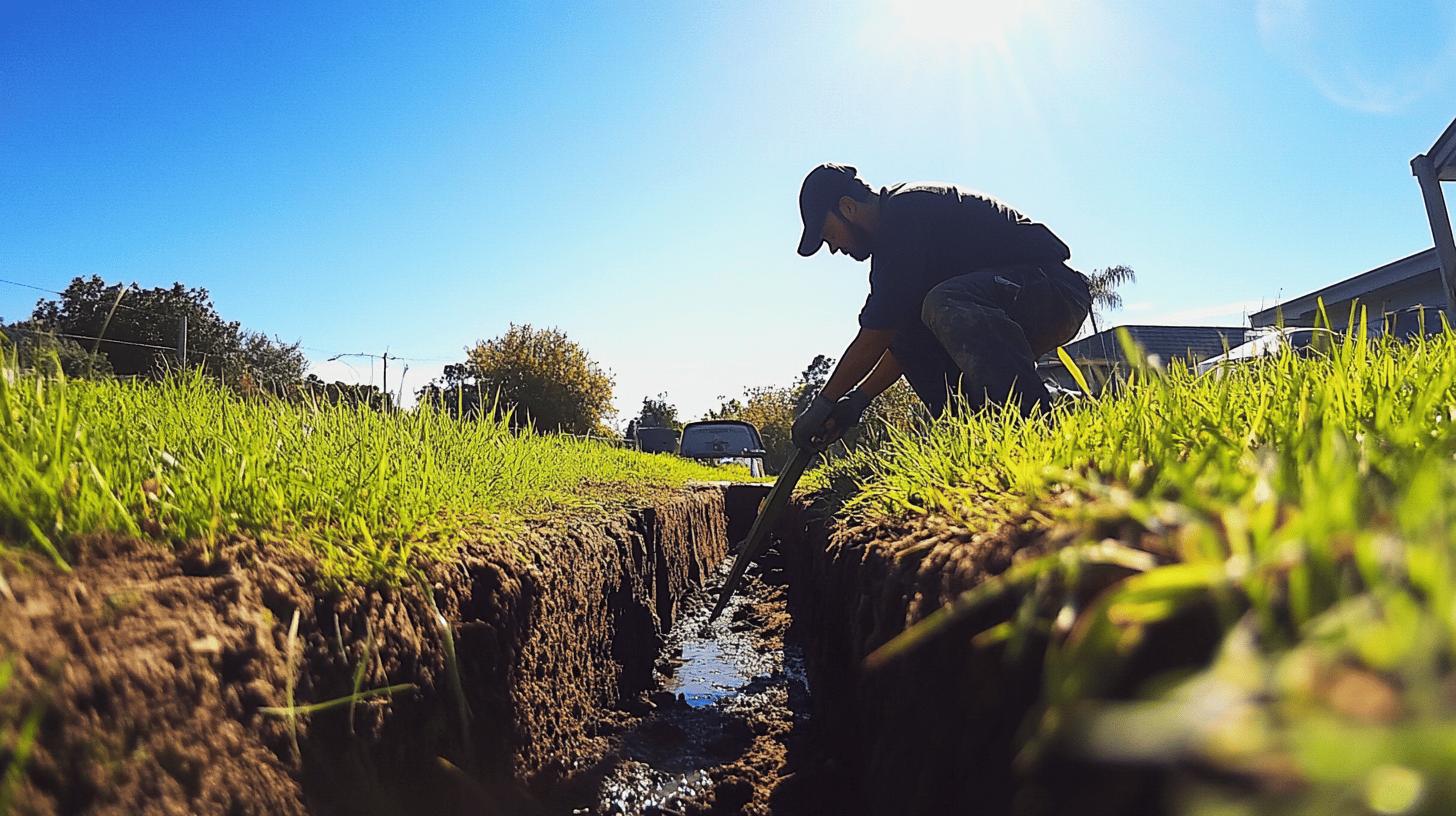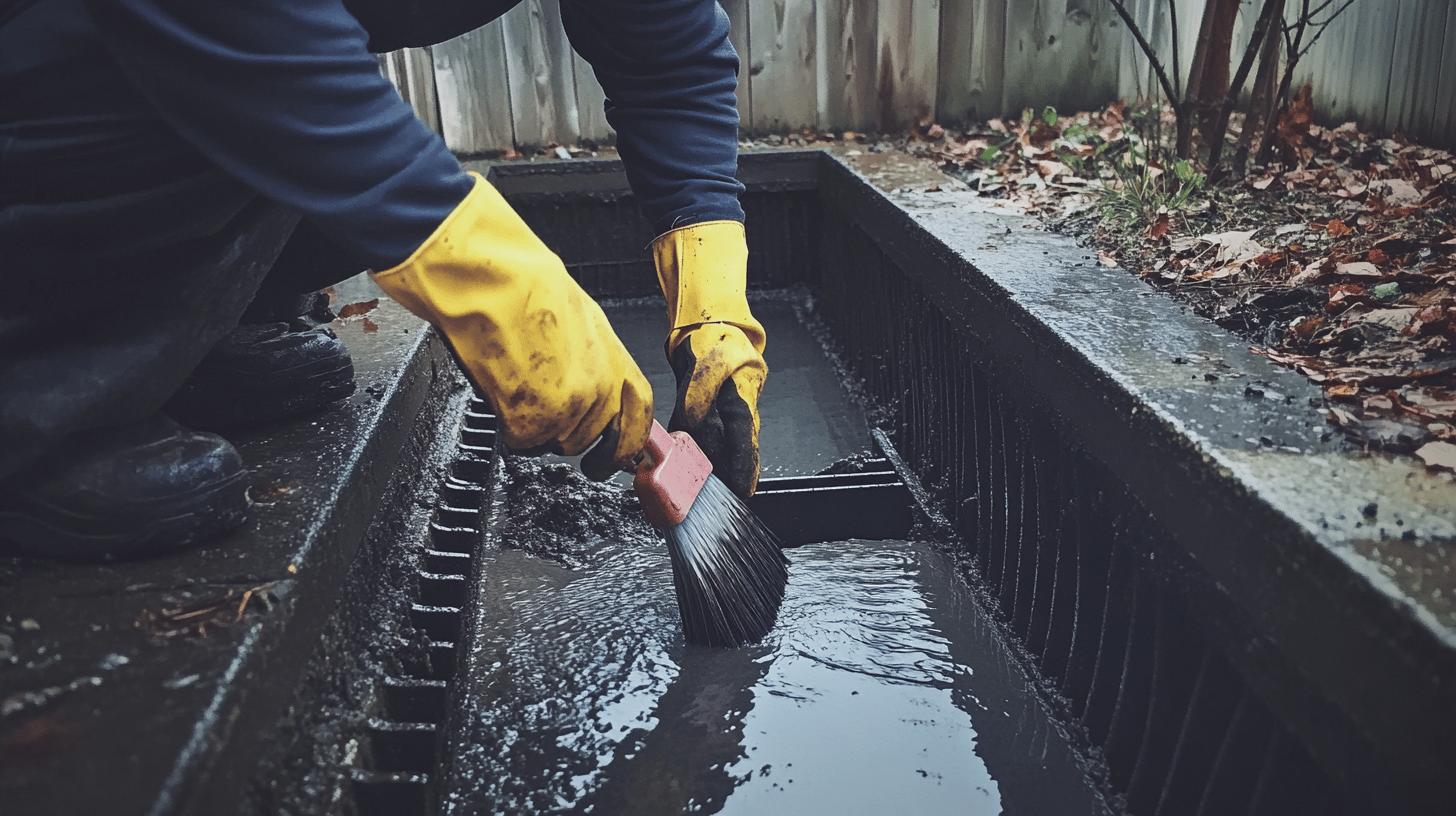TL;DR:
- Essential Tools: Hose, brush, bag/container, drain cover removal tools, gloves, non-slip footwear, post hole diggers.
- Cleaning Steps: Prepare area, remove cover, clean drain/grate, collect debris, replace cover.
- Safety Gear: Gloves, goggles, non-slip footwear, dust mask.
- Maintenance Schedule:
- Monthly: Clean debris
- Quarterly: Inspect covers/grates
- Biannually: Rinse/scrub trench
- Annually: Check for blockages
- Every 2 years: Professional inspection
- Common Issues: Blockage, slow drainage, overflowing. Solutions include clearing debris, adjusting slope, and timely replacements.
Ever looked at a trench drain and wondered what might be lurking beneath the surface? While trench drains are great at redirecting water, they can easily get clogged and lose effectiveness if not maintained. Regular cleaning is key to keeping them running smoothly and avoiding expensive repairs. Not sure where to start? This guide will walk you through the right tools, techniques, and safety steps to ensure your trench drain stays in top condition. With a few simple cleaning steps, you can help extend the life of your trench drain and prevent future problems. Let’s dive in!
Essential Tools and Equipment for Cleaning a Trench Drain
Using the right tools is key for effective trench drain cleaning. Proper equipment not only removes debris thoroughly but also helps prevent blockages, which could harm drainage efficiency. Here’s a list of essential tools needed for the job:
- Hose: Great for rinsing and flushing out debris.
- Brush: Helps scrub and clean the grates and trench.
- Bag or Container: Used to collect and dispose of debris safely.
- Drain Cover Removal Tools: Such as screwdrivers or wrenches, to access the trench.
- Protective Gloves: Keep hands safe from sharp edges and contaminants.
- Non-slip Footwear: Ensures safety in wet conditions.
- Post Hole Diggers: Useful for removing compact debris when standard shovels are too wide.
Post hole diggers are really helpful when you need to get debris out of tight spots that regular shovels can’t reach. This is important for clogged drains because it clears out material without damaging the trench. Using the right tools helps keep your trench drain working well and lasting longer.
How to Clean a Trench Drain: Simple Tips

Proper trench drain cleaning is essential to keep it efficient and durable. Every step ensures debris is completely removed, preventing blockages and water damage. Here’s a step-by-step guide to effectively clean a trench drain:
-
Prepare the Area
Clear the space around the trench drain of any obstacles. This gives you ample room to work and ensures safety. Gather all necessary tools, like a hose, brush, and drain cover removal tools. -
Remove the Drain Cover
Use appropriate tools like a screwdriver or wrench. Be cautious to prevent damage or injury. This step lets you access the trench’s interior for thorough cleaning. -
Clean the Trench and Grate
With the cover off, rinse away loose debris using a hose. A brush helps dislodge stubborn dirt, especially in corners. This thorough cleaning is essential for efficiency.
-
Collect and Dispose of Debris
Gather loosened debris into a bag or container for disposal. This prevents it from re-entering the trench, stopping future blockages. -
Replace the Drain Cover Securely
Once clean, carefully replace the drain cover. Ensure it fits flush with the surface to maintain the drain’s integrity and safety.
Avoid common mistakes like rough handling of the cover or neglecting corners. These can lead to future clogs. Following these steps keeps your trench drain effective and in good condition.
Safety Precautions and Protective Gear for Trench Drain Cleaning
When cleaning trench drains, make safety a priority. Start by clearing the area around the drain so you have enough space to work. If you don’t prepare, you could trip over tools or debris and get hurt. Taking these steps makes the job safer and more efficient.
Proper protective gear is crucial for your safety. Consider using:
-
Gloves: Protect hands from sharp edges and contaminants.
-
Goggles: Keep eyes safe from dust, debris, and splashes.
-
Non-slip Footwear: Prevent slips and falls, ensuring stability.
- Dust Mask: Protect your lungs from dust and small particles.
Taking these precautions lowers the chance of accidents and injuries, making the cleaning process safer and faster. With these steps in place, you can focus on cleaning without worrying about extra risks.
Maintenance and Upkeep: Ensuring Long-Term Trench Drain Performance

Regularly maintaining your trench drains helps prevent blockages and keeps them running smoothly. This improves efficiency and extends the life of the system. Make sure to do maintenance at least once a year, though some areas may need more frequent cleaning based on conditions and use. Keeping the area clean stops debris from building up and clogging the drains.
Here’s a suggested maintenance schedule:
| Maintenance Task | Frequency |
|———————————-|——————–|
| Clean debris around drain area | Monthly |
| Inspect drain covers and grates | Quarterly |
| Rinse and scrub trench interior | Biannually |
| Check for signs of blockage | Annually |
| Professional inspection | Every 2 years |
Regular upkeep has many benefits. It stops major blockages that could lead to standing water or drainage problems. Taking action early helps protect vulnerable areas from water damage and keeps the system working well. Over time, these efforts ensure your trench drain stays reliable and adds to the overall longevity of your property.
Troubleshooting Common Trench Drain Issues
Trench drains can have performance problems, often due to blockages from debris buildup. This slows down water flow and causes poor drainage or standing water. Regular maintenance helps prevent these issues, but knowing what to look for makes troubleshooting easier.
Common trench drain problems and their solutions include:
-
Complete Blockage
Solution: Remove the cover and clear debris. Use a hose to ensure full blockage removal. -
Slow Drainage
Solution: Check for partial blockages by inspecting the grate. Clean the trench with a brush for better flow. -
Water Overflowing
Solution: Verify trench slope. Adjust if needed for efficient water flow.
-
Debris Accumulation
Solution: Clean the area more often, especially in heavy leaf fall or rain seasons. -
Damaged Grate or Cover
Solution: Replace broken or misaligned parts promptly to maintain integrity.
Address issues promptly to avoid severe blockages, water damage, and costly repairs. Regular inspections and timely fixes maintain your drain’s efficiency, keeping it functional and safe.
Final Words
With the right tools, cleaning a trench drain becomes much easier. Using the proper techniques keeps the drain clear and working well. Make sure to prioritize safety by wearing protective gear and clearing the area around the drain.
Regular upkeep helps the system perform better and last longer, preventing clogs and other issues. Knowing the common problems lets you troubleshoot more effectively, keeping the drainage system running smoothly.
When you know how to clean your trench drain correctly, you ensure it works well and helps maintain a safer environment.
FAQ
Q: How do you clean a trench drain outside?
A: Cleaning a trench drain outside involves removing the cover, clearing debris from the trench, using a hose to flush the area, and securely replacing the cover. This process helps maintain effective drainage.
Q: What tools are needed for trench drain cleaning?
A: Essential tools for trench drain cleaning include a hose, brush, container for debris, and tools to remove the cover. Post hole diggers can effectively clear the trench compared to standard shovels.
Q: How can you clean a clogged trench drain?
A: To clean a clogged trench drain, remove the drain cover, manually clear blockages, flush the trench with water, and replace the cover. Regular cleaning helps prevent future clogs.
Q: How do you maintain a trench drain?
A: Maintain trench drains by cleaning them regularly, inspecting for debris, and ensuring the surrounding area is tidy. Annual or more frequent checks help preserve functionality and prevent clogs.
Q: Do trench drains get clogged?
A: Trench drains can get clogged due to debris buildup. Regular cleaning and maintenance can prevent blockages and maintain optimal drainage performance.
Q: How to clean a clogged landscape drain?
A: For clogged landscape drains, remove the cover, clear debris manually, use a hose to flush and inspect the drainage path, then replace the cover securely to ensure proper function.

